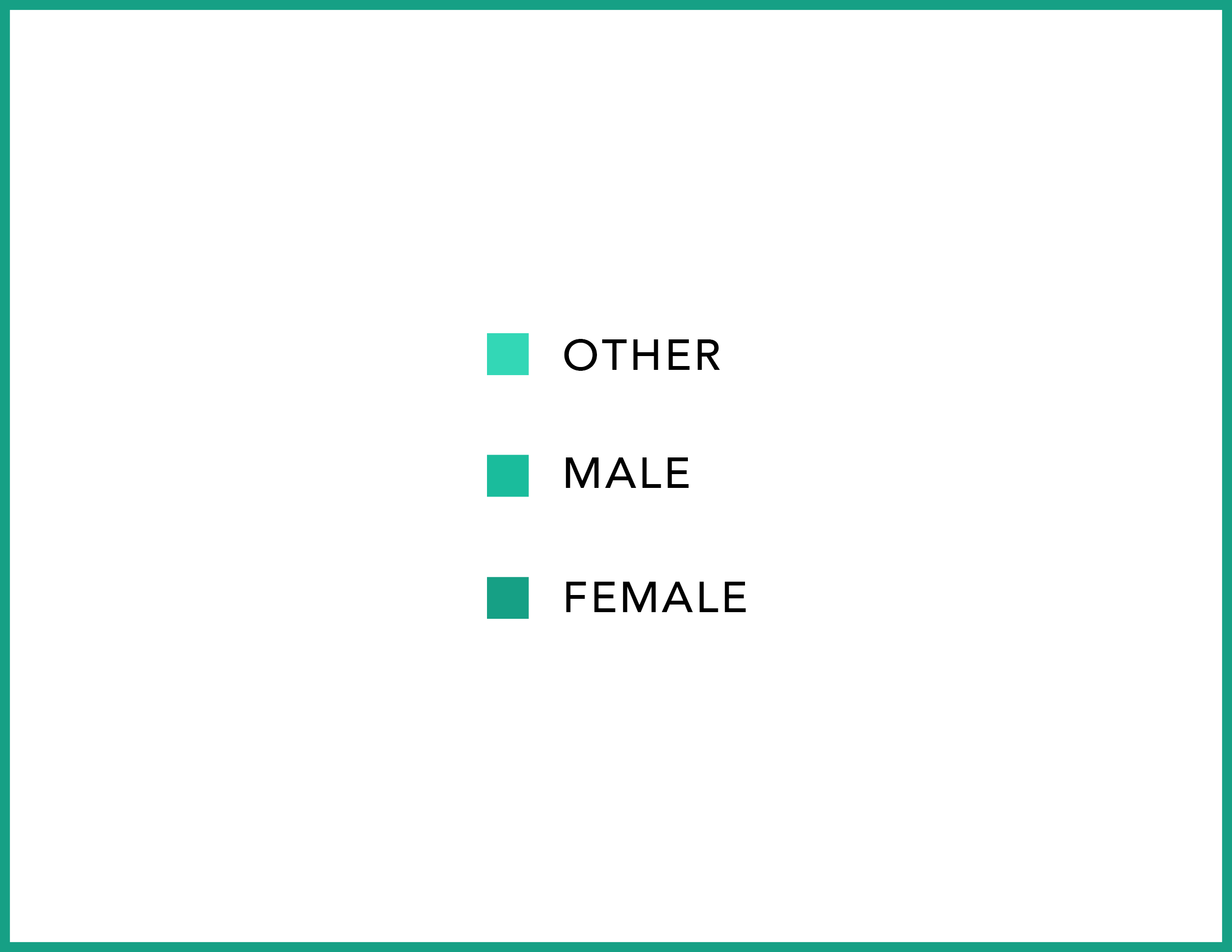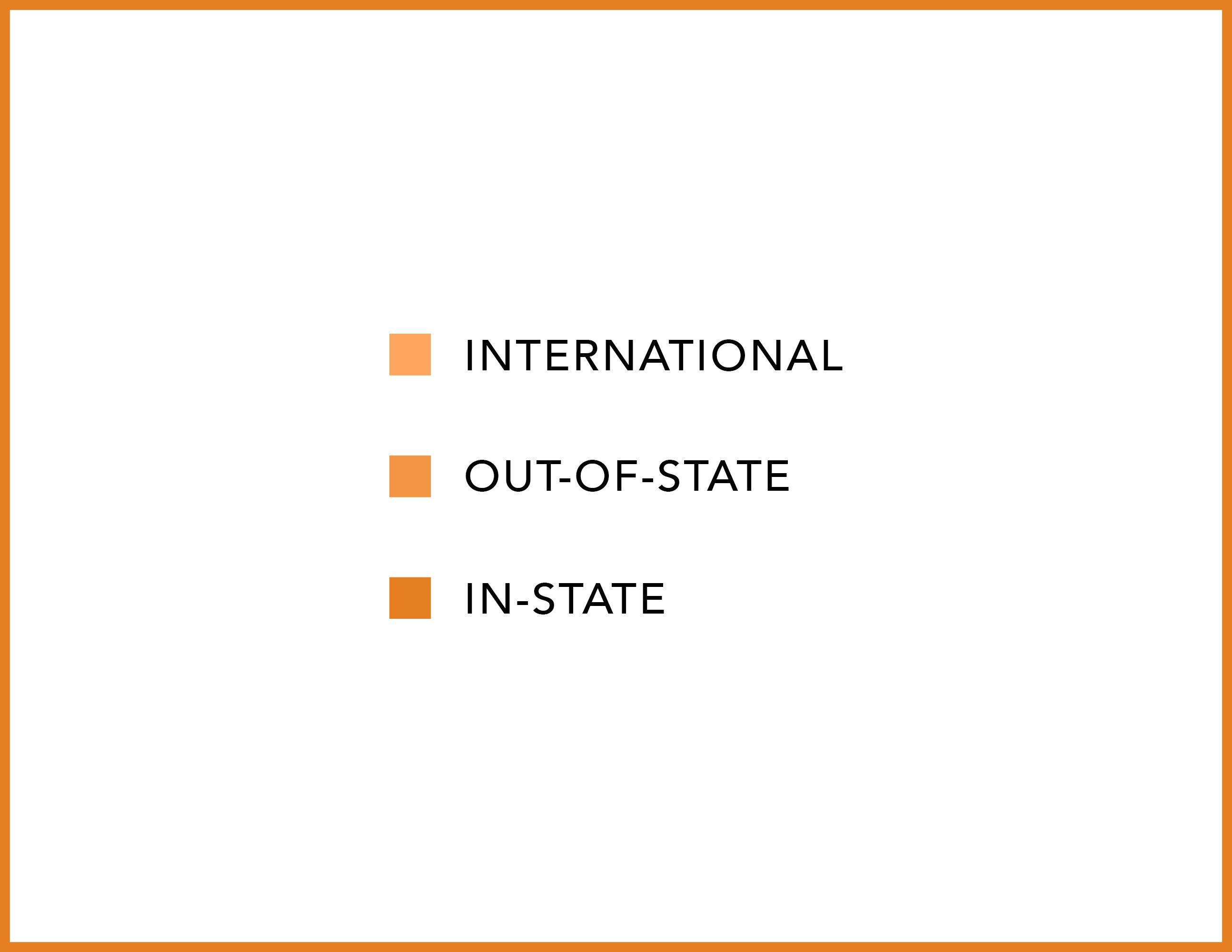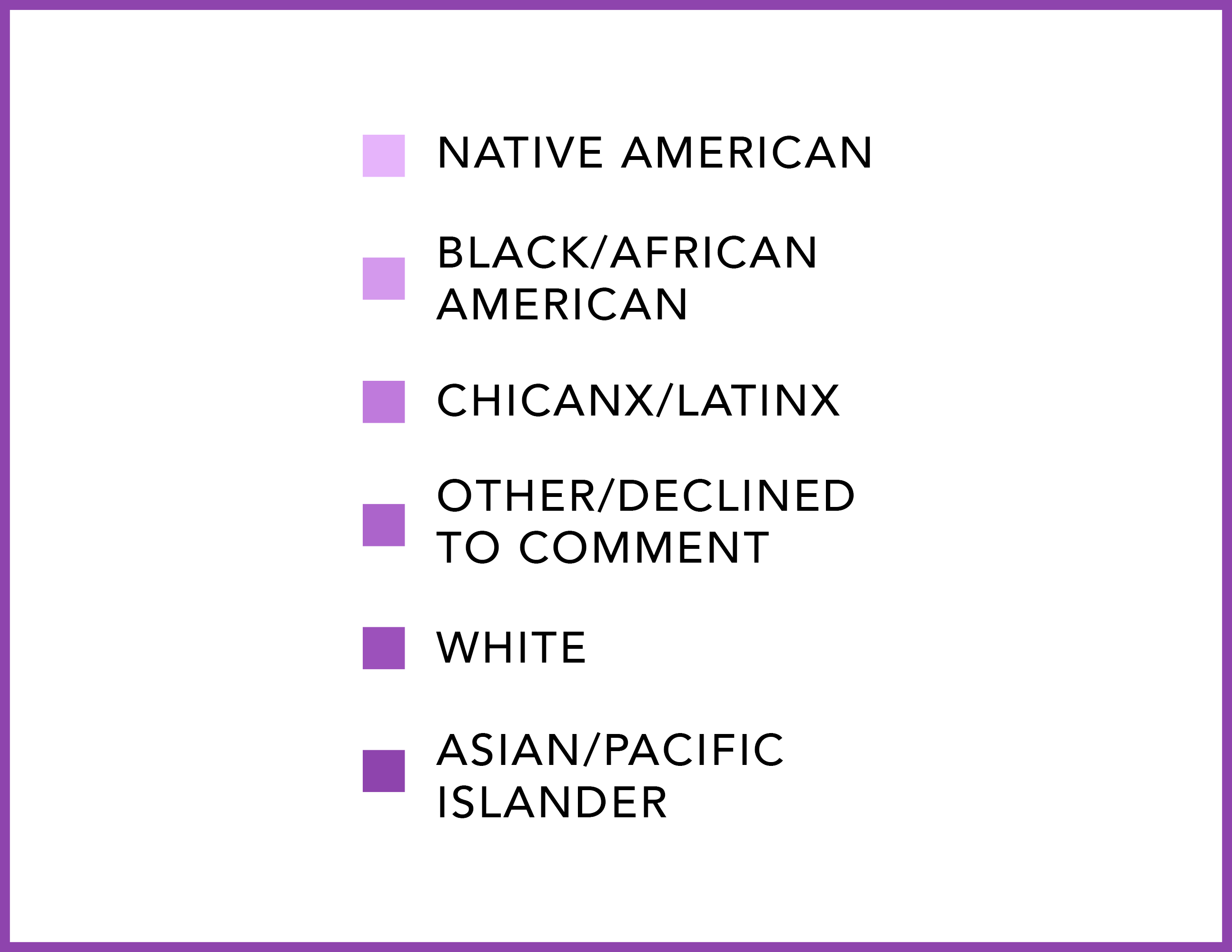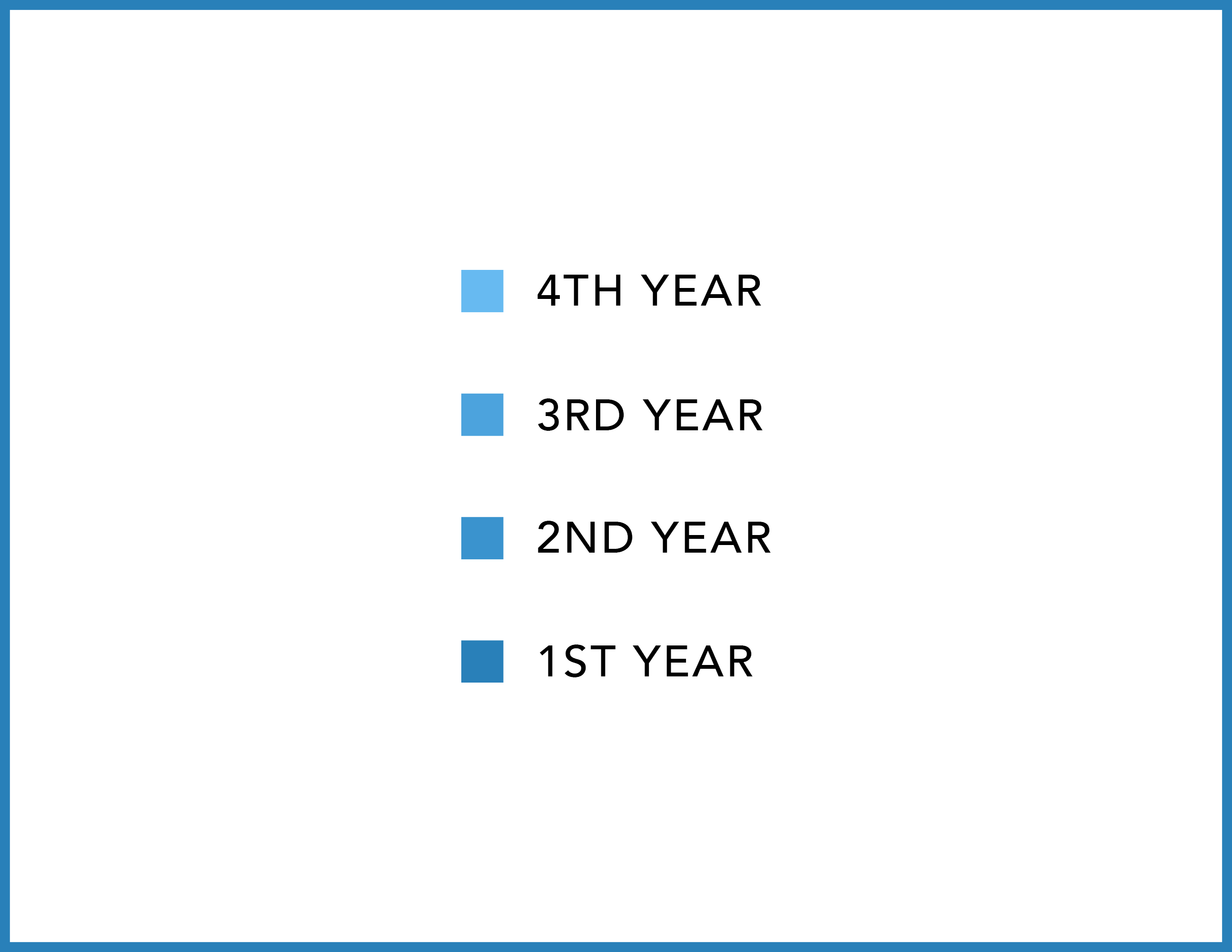Foodscape Map: Food-related Student Groups
Student groups play an important role within the food system on campus and represent collective student action within that system. The data in this infographic are based on responses to a Berkeley Food Institute survey of individuals involved in food-related student groups, conducted in spring 2017. The responses have been compared to the UC Berkeley demographics data to see how closely food-related student group members represent the campus-wide population. We also asked students to comment on equity and inclusion issues within groups and to think of possible solutions for their specific group. The survey reached a total of 415 students involved in food-related student groups. We received 112 responses over the 2 week period it was open. Our response rate was about 27%. We would like to acknowledge the limitations to this survey and data visualization as a result. Our results for food-related student groups are being compared to UC Berkeley as a whole, not to other student groups. Since we were not able to capture this piece of data, we may miss an interesting, and potentially enlightening, comparison to information about students who participate in other campus groups. Learn more about UC Berkeley food-related student groups here.
Data collection by Charlie James, Natalia Semeraro, and Nathalie Munoz. Infographic by Cassidy Hsieh. Development and animation by Cassidy Hsieh.
Additional Demographic Markers: Language and Disability
Language: Survey respondents spoke a wide variety of languages, with varying level of fluency. In addition to English, 24 other languages were mentioned. In order of prevalence they are: Chinese (Cantonese, Mandarin, Taishanese, and unspecified Chinese), Spanish, Japanese, German, Vietnamese, French, Italian, Hebrew, Korean, Portuguese, Hindi, Russian, Telugu, Malay, Farsi, Sindhi, Marathi, Persian, Arabic, Urdu, Tagalog.
Disability: 7 out of 112 students (6.25%) identified as having a physical or cognitive disability. This aligns with UC Berkeley Data, which shows that about 6% of the campus population identify as having a disability.
Sexual Orientation: In this survey we mistakenly omitted a question about sexual orientation. We will refine and expand our questions in future survey iterations. It is interesting to note, however, that in many responses people gave about addressing issues within their organizations, they had assumptions of their groups having mostly straight members.
Equity and Inclusion Highlights
When asked ‘do you feel that there are any challenges with equity and inclusion within your group’s dynamics?’ individuals involved in the food-related student groups surveyed overwhelmingly said “no.” To be exact, 75% of those students who responded thought there were no challenges. For the 21% who do see challenges with equity and inclusion within their groups, the common themes had to do with membership and leadership being overwhelmingly White or Asian; not needing to work; as well as being mostly female-identified. While there were pretty extensive explanations of issues within groups, fewer respondents had comments or answers for solutions. Below are selected quotes from survey responses about specific issues and possible solutions for groups.
Issues
“I worry sometimes that [our group] is not directly serving the people that it is intended to be for: low-income or food insecure students.”
“[Equity and inclusion] gets hard because all of the officers are the same major so we tend to think a certain way.”
“I wonder if there’s also an issue with retaining POC members, and how that can be addressed.”
“Food justice consciousness of the group is constantly in jeopardy. As President and co-founder, I have consistently pushed to implement more emphasis on educational events on food justice.”
“Most of the facilitators and the culture of [the Student Organic Garden] is centered around white people. It would be nice to see more POC represented in the community space.”
“I truly believe that [our group] does its best to be as inclusive as possible, but it does still feel sometimes to be a White-dominated space. I don’t know if this is because of the dynamics/demographics at Berkeley, or has to do with who the garden network reaches, but it is definitely something that we really try to be aware of and work against.”
“Our team is White women dominated and focused on environmental sustainability rather than social sustainability.”
“It’s not so much a problem with inclusion but it’s more so the fact that there is a predominating demographic that’s pretty obvious within our club. It’s composed mostly of Asian girls. There’s also quite a high turnover rate, so we have many freshmen in our club. We’ve tried to recruit guys into the org and get their friends to come, but it’s worked with varying degrees of success.”
“It’s hard to involve people in membership because it is based on volunteering. We want to engage more of the community, but we end up selecting for people who have extra time and don’t need to work for money.”
“Most of the facilitators and the culture of the group is centered around White people. It would be nice to see more POC represented in the community space.”
Solutions
“All of our systems could be more transparent and have translation.”
“We may need some consulting.”
“Partnering with more diverse student groups such as the Multicultural Community Center or Students of Color Environmental Group”
“To me, ways to battle [White-dominated space and not serving those intended] would be calling out these problems in our own space, centering our conversations around topics of environmental justice that apply to those communities most affected, and also making sure that students of color and low income students are given a priority in those conversations and also in decision-making.”














